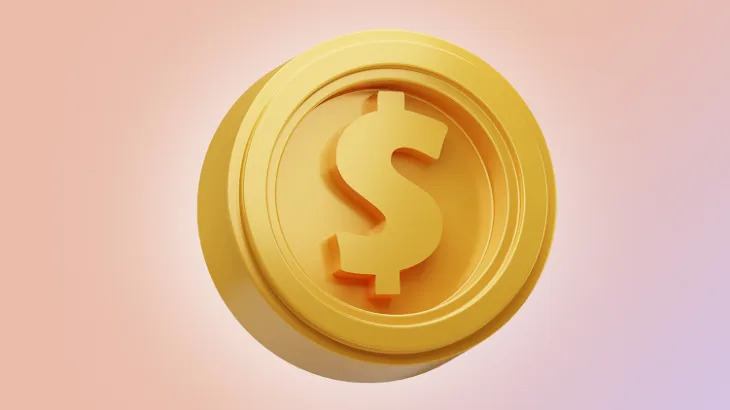Asian stocks mostly rose Tuesday after Wall Street pushed closer to record highs following its roller coaster of a summer.
In Tokyo, the Nikkei 225 stock index closed 1.8% higher at 38,062.92, recovering losses after a 1.8% drop the previous day. The yen briefly approached 145 against the U.S. dollar on Monday but then pulled back and traded at 146.94 on Tuesday.
China held its benchmark lending rates unchanged on Tuesday, with the one-year loan prime rate at 3.35% and the five-year LPR at 3.85%. This came after a series of key interest rate cuts made last month that aimed to support the economy.
The one-year LPR serves as the benchmark for most corporate loans, while the five-year LPR is a reference rate for mortgages.
Hong Kong’s Hang Seng dropped 0.5% to 17,490.43, and the Shanghai Composite lost 1.0% to 2,864.91.
Australia’s S&P/ASX 200 advanced 0.2% to 7,997.70 as the minutes from the Reserve Bank of Australia’s meeting in August showed the board decided to leave the cash rate target steady at 4.35%, emphasizing that containing inflation remains their top priority.
The RBA noted in the minutes it was “unlikely that the cash rate target would be reduced in the short term, and that it was not possible to either rule in or rule out future changes in the cash rate target.”
South Korea’s Kospi jumped 0.8% to 2,696.35.
U.S. futures were slightly higher while oil prices fell.
On Monday, the S&P 500 rallied 1% for its eighth-straight gain and ended at 5,608.25. That clinched its longest winning streak since November and followed the index’s best week of the year . It’s back to within 1% of its all-time high after falling close to 10% below the mark earlier this month.
The Dow Jones Industrial Average gained 0.6% to 40,896.53, and the Nasdaq composite jumped 1.4% to 17,876.77.
Treasury yields held relatively steady ahead of what’s likely to be financial markets’ main event for the week: a speech on Friday by Federal Reserve Chair Jerome Powell .
The setting for the speech in Jackson Hole, Wyoming, has been home to some big policy announcements by the Fed in the past. Expectations aren’t that high this time around, with nearly everyone already expecting the Fed will begin cutting interest rates next month.
That would be the first such cut since the Fed began hiking rates drastically in early 2022, hoping to slow the economy by enough to stifle inflation but not so much that it causes a recession. With inflation slowing from its peak above 9% two summers ago, Fed officials have already hinted cuts to rates are coming. The biggest question is whether the economy just needs the Federal Reserve to remove the brakes or if it needs more acceleration and deeper cuts.
A surprisingly weak report on hiring by U.S. employers last month raised worries the Fed has already kept interest rates too high for too long. Such worries combined with concerns that Nvidia and other highly influential Big Tech stocks got too expensive amid the AI frenzy , along with other factors, to send markets globally through a scary couple weeks. That included the worst day for Japan’s market since the Black Monday crash of 1987 .
But an ensuing assurance from the Bank of Japan on interest rates there has helped calm the market. Several recent reports on the U.S. economy have also come in stronger than expected, covering everything from inflation to sales at U.S. retailers , which bolstered optimism.
In the bond market, the yield on the 10-year Treasury dipped to 3.87% from 3.88% late Friday.
In energy trading, benchmark U.S. crude lost 43 cents to $73.23 a barrel. Brent crude, the international standard, gained 47 cents to $77.19 a barrel.
The euro cost $1.1080, inching down from $1.1085.





